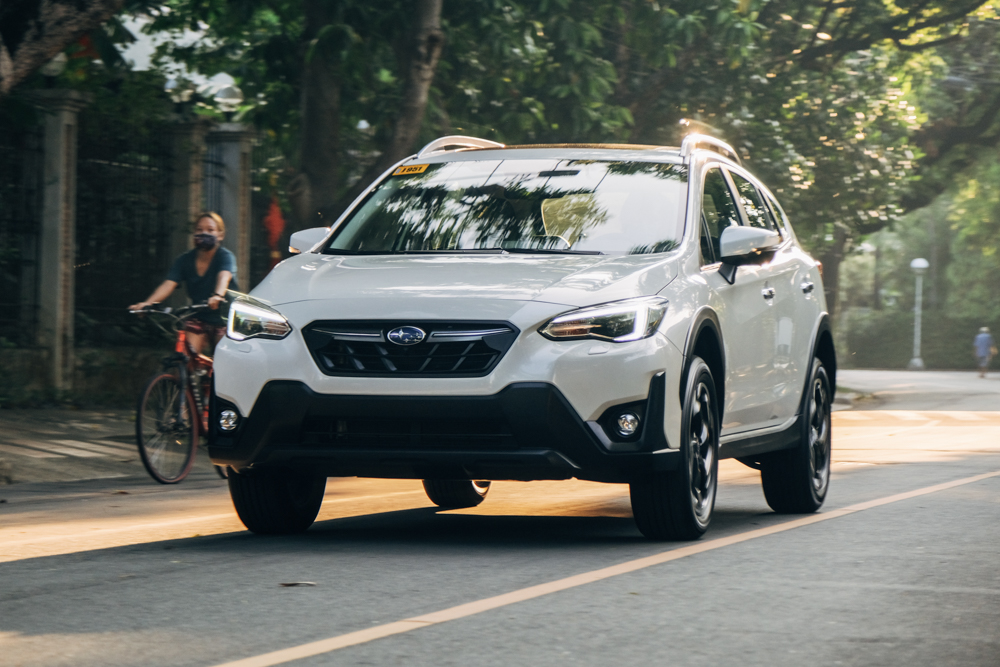
Love them or loathe them, crossovers are here to stay. These vehicles are taking over the humble sedan, with some models actually being based on sedans themselves. Because of this, most crossovers become “cookie-cutter” cars: different shape, same flavor. But there are a few vehicles that can carve out their own identities.
When the Subaru XV was launched back in 2012, many people thought of it as a lifted Impreza hatchback. Well, it was, but that’s not a bad thing. The car became one of the automaker’s bestsellers. The second-generation model came out in 2018, and has recently received a slight facelift. But in the sea of feature-packed and more affordable crossovers, is the XV still worth considering?
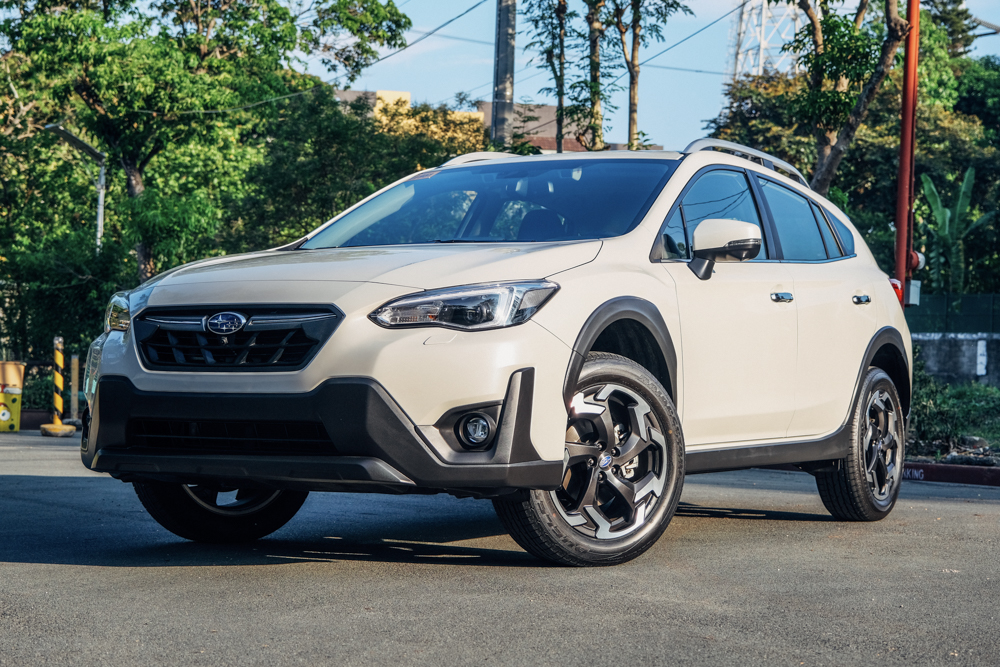

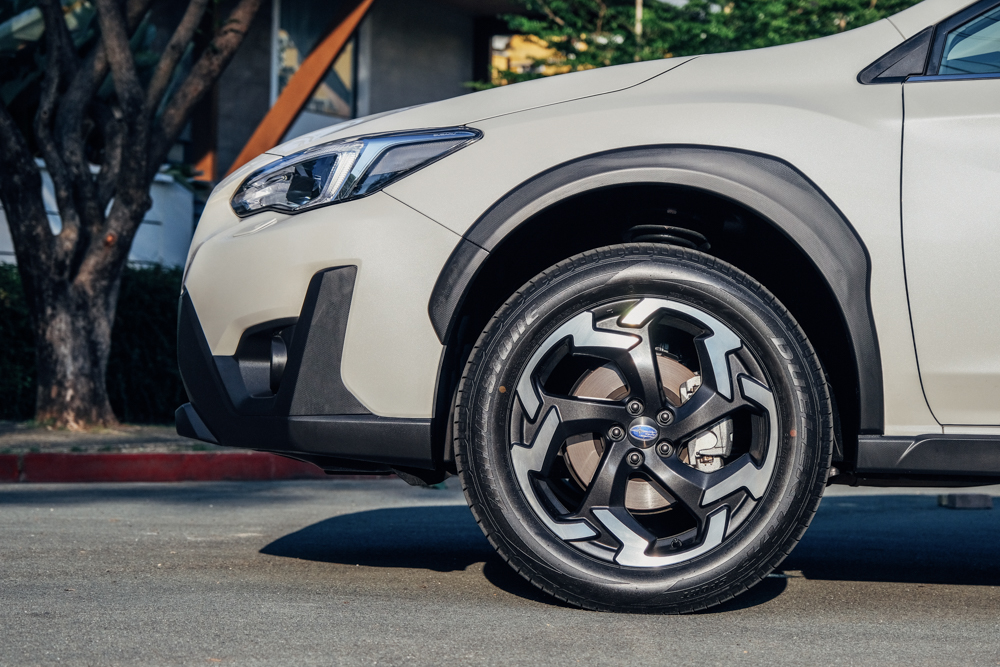
If anything, the XV is one of the better-looking subcompact crossovers currently out there. It has this tough, “outdoorsy” demeanor. It reminds me of Audi’s Allroad lineup, which are semi-ruggedized variants of the company’s station wagons. I personally love the Allroad because it shows that a crossover can look good without pretending to be a bigger SUV.
The 2021 update doesn’t look very different from the outgoing version. There are a revised front fascia, LED fog lamps, tinted taillights, and new “saw-blade” 18-inch wheels to keep things fresh. My test unit had a Crystal White Pearl paint job. But if you want to stand out, consider one of the three new colors especially the eye-catching Plasma Yellow Pearl livery.
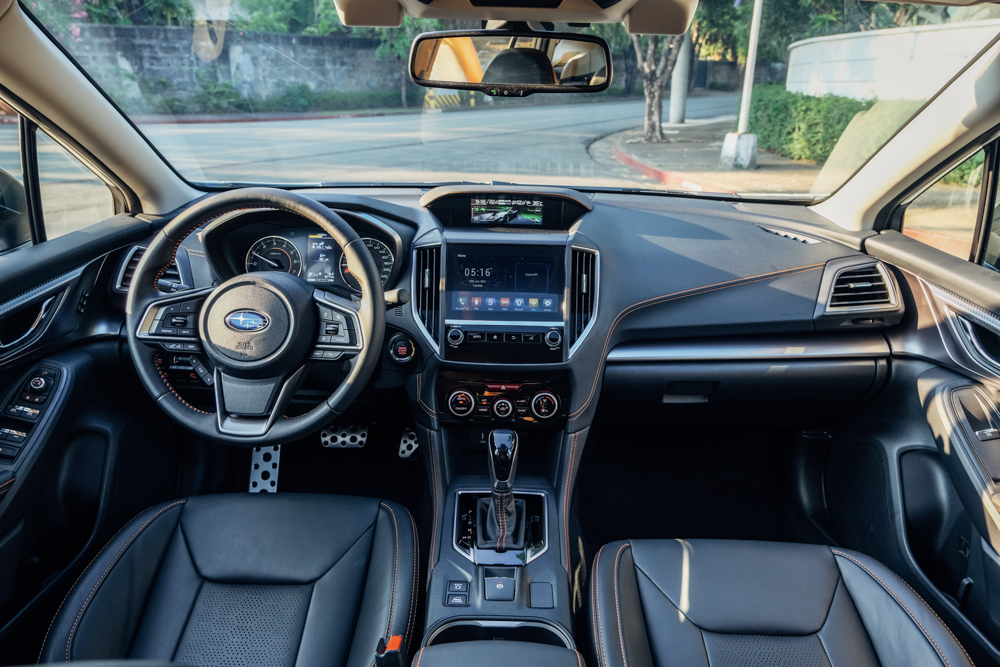
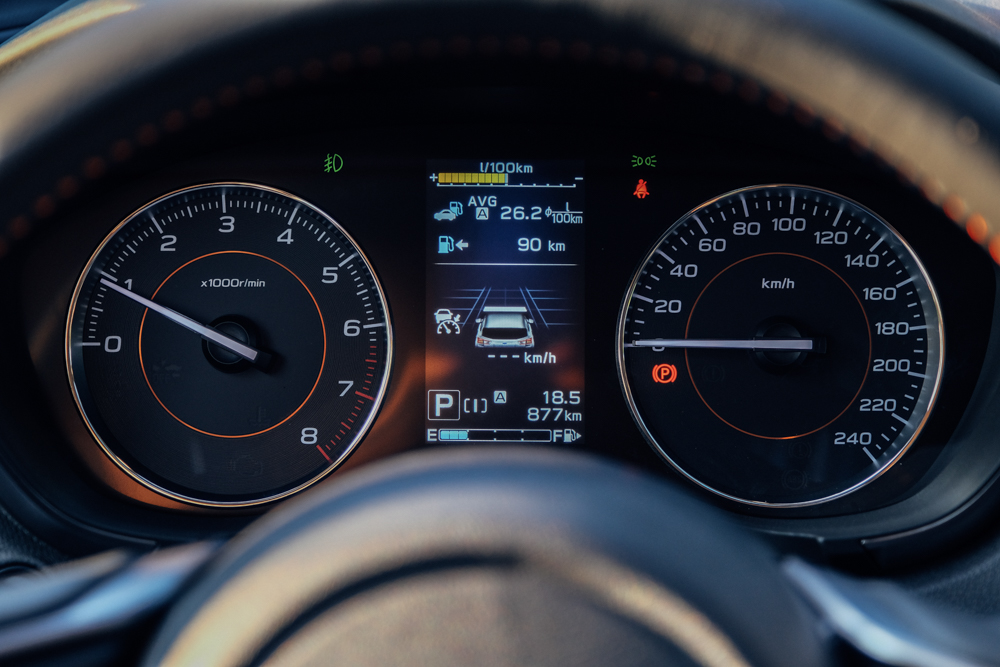
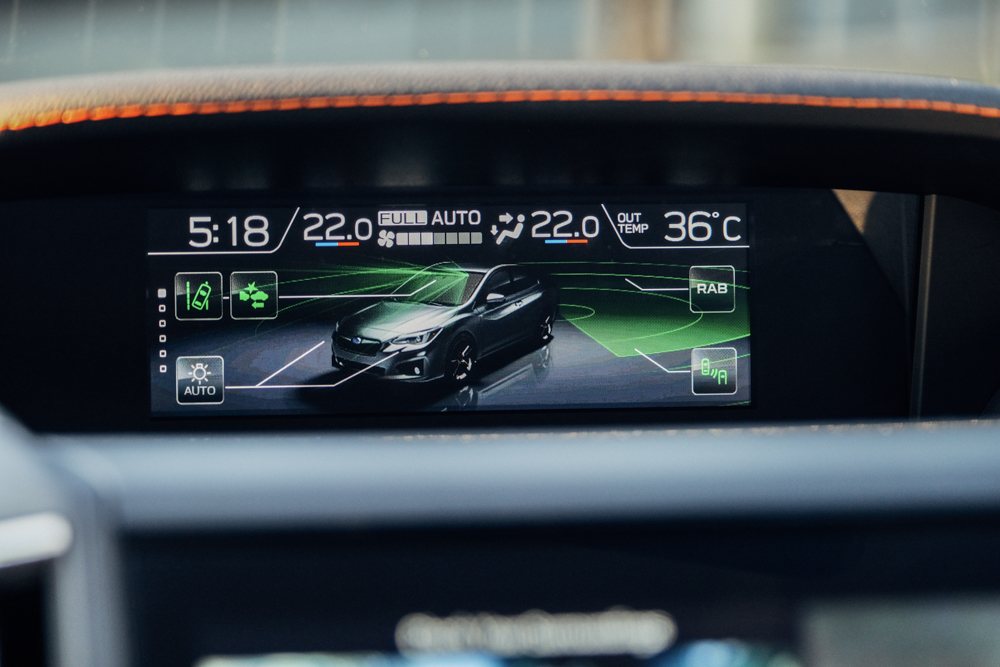
The interior also looks similar to the previous XV down to the faux carbon-fiber inserts, the perforated leather trim, the leather-clad seats, and the touch points with orange contrast stitching. It’s not a bad thing as it’s still a solidly built cabin with the right amount of premium materials sprinkled around.
This year, you get a new eight-inch head unit (with Apple CarPlay and Android Auto) like the one found in the Forester. There are also some nice quality-of-life improvements like the eight-way power adjustable driver seat getting a memory function, a 360° camera, speed-sensing locks, and mirrors that tilt when you shift into reverse.
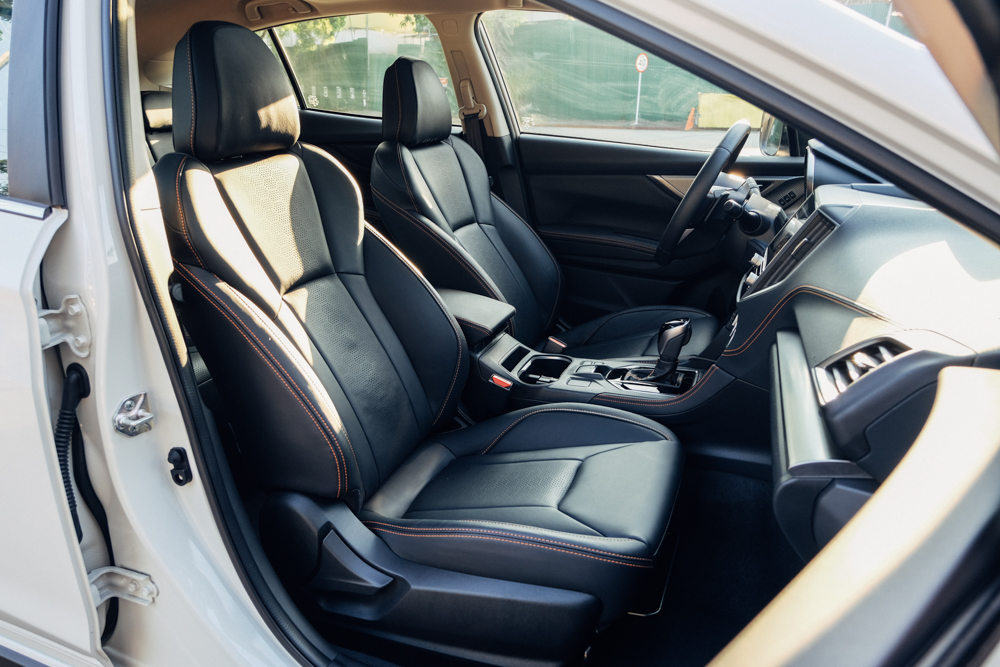
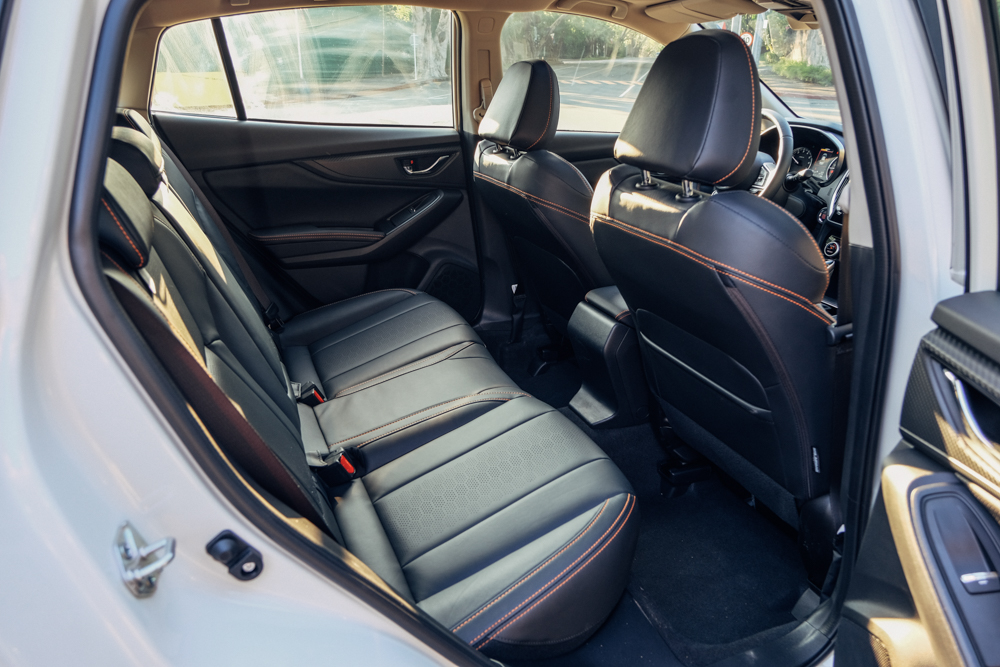
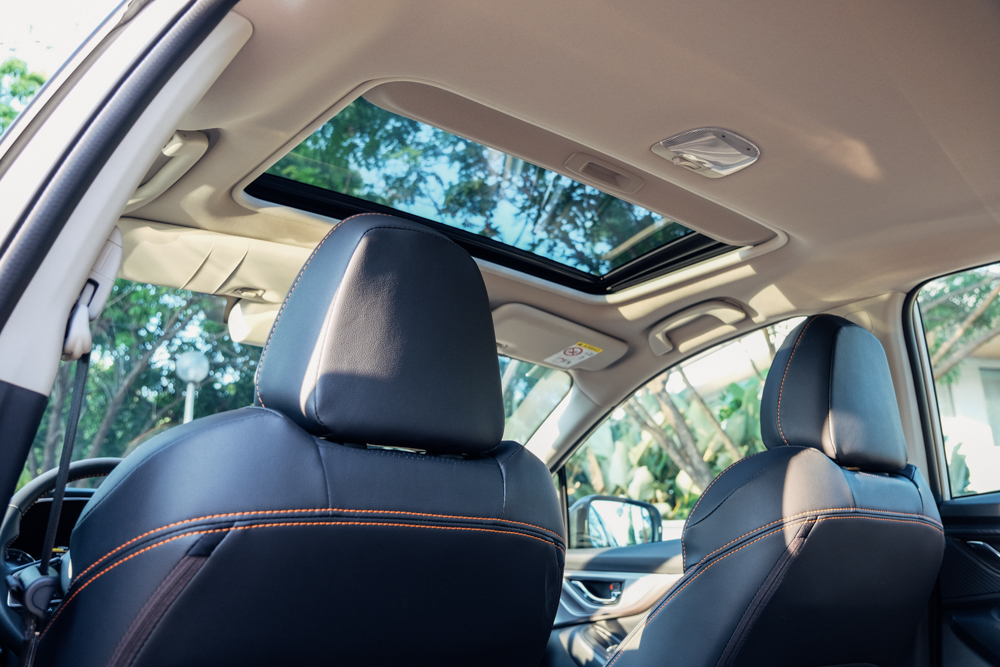
Rear passengers get a wide and comfortable bench. You can even seat three comfortably even with a sunroof and a large transmission tunnel. However, the lack of rear air vents and charging points is somewhat puzzling considering that cheaper (and smaller) cars have them. You also have great cargo space coming in at 385L with the seats up. If you need to carry more, you can always remove the retractable cargo cover and fold the rear seats down to expand the load area to 1,220L.
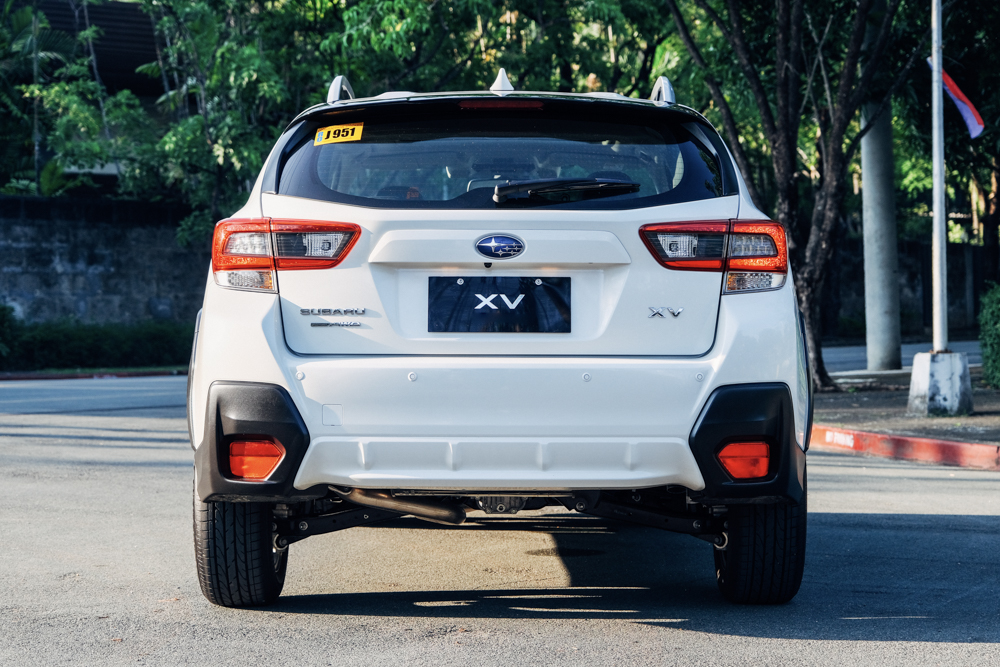
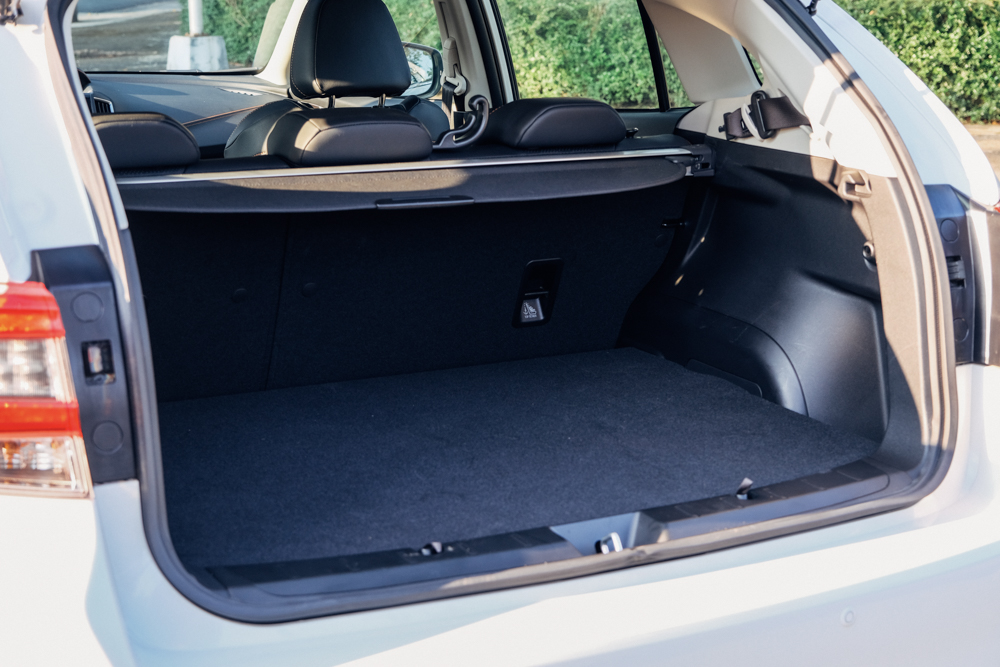
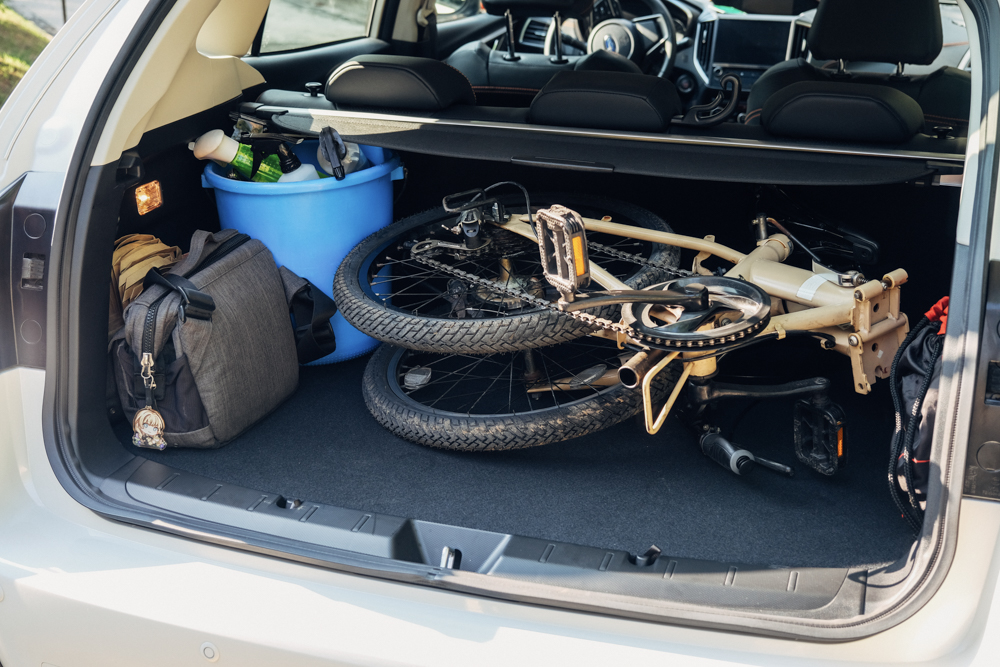
As for the engine, it’s still powered by an FB20D naturally aspirated 2.0-liter flat-four mill. In the bigger body of the Forester, this motor feels a bit underpowered and can be quite thirsty. But in the XV, it feels at home. With the addition of the Subaru Intelligent Drive system (that “SI” button on the tiller), you can change the power delivery to give you some oomph at low revs if you want more fun on your daily commute.
But even with the smaller body, the XV isn’t exactly frugal. My average fuel consumption was 7.2km/L in the city, 12.5km/L on the highway, and 9.7km/L in mixed conditions. I assume it’s because the car hasn’t been fully broken in yet—only having around 800km on the odometer when I got it.
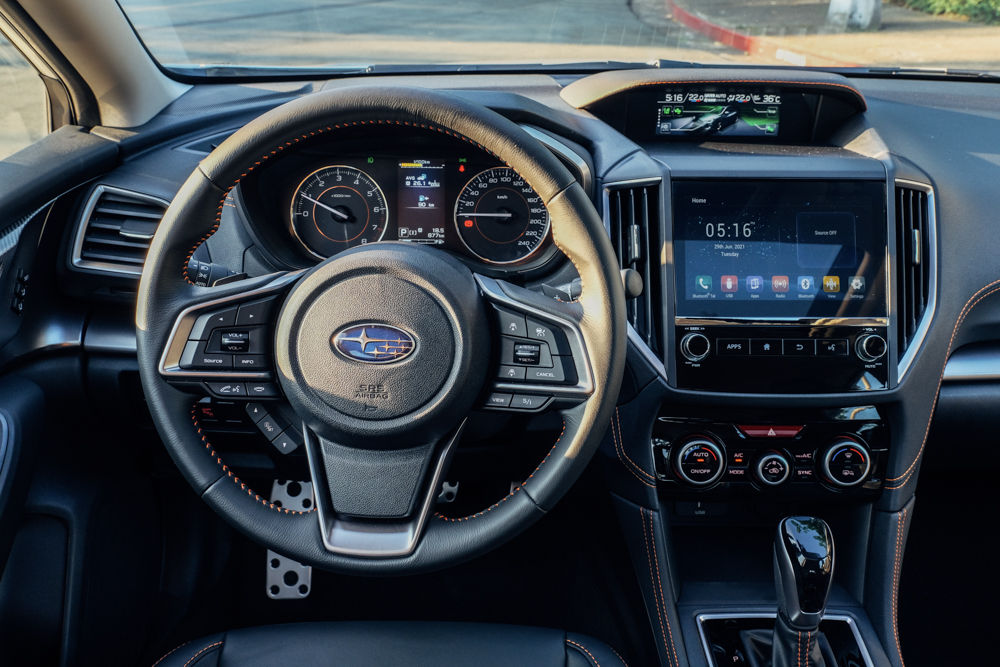
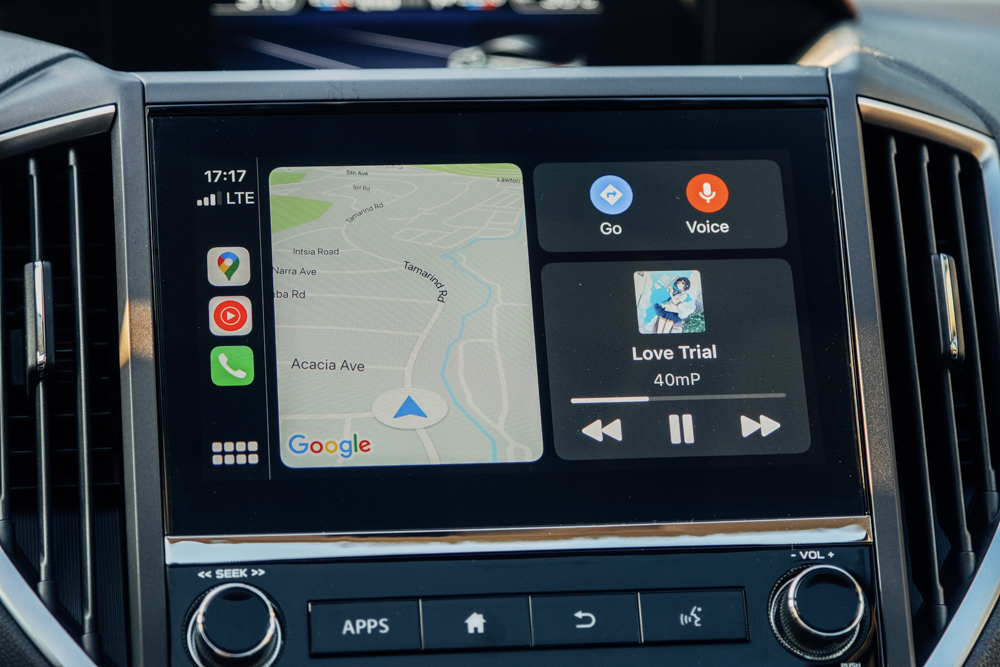
Also new for this year is the improved suspension that supposedly enhances the ride comfort. It’s natural to be skeptical of bold claims like this. But damn, Subaru actually delivered. At city speeds, it felt like I was driving a more expensive car because it took potholes and uneven pavement like a champ. Body roll was minimal during cornering, so the new setup doesn’t negatively affect the handling.
The XV has 220mm of ground clearance, so speed bumps and steep parking ramps are no problem. The added ride height also means you can wade through floods with more confidence. If you have plans to take it for some light off-roading, dual-function X-Mode can make short work of loose surfaces.
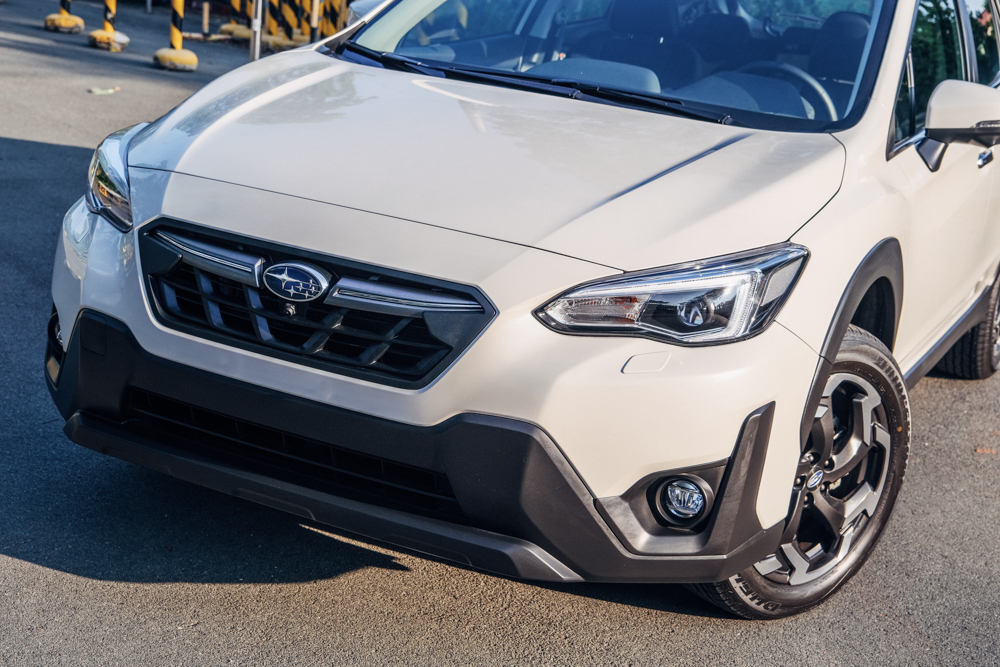
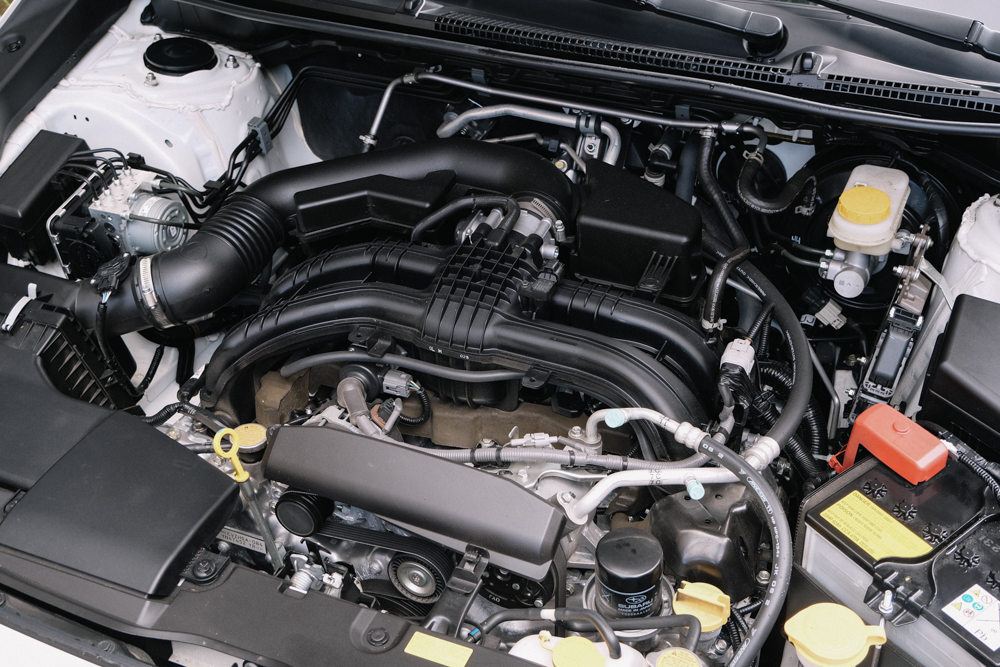
Things get different once you reach expressway speeds. The car is still planted and smooth, but tire noise is loud, making it challenging for passengers to talk in a normal tone of voice or hear the music from the muddy speakers. A friend told me that switching to a quieter set of rubber should remedy this, but I guess adding some insulation would also go a long way. Also, it would be great if we could get the Harman Kardon speakers found in the US-market Crosstrek as a paid upgrade.
Finally, it’s impossible to talk about a modern Subaru without EyeSight. This suite of driver aids makes your trips a whole lot safer and easier. Just like in the Forester, adaptive cruise control works at highway speeds and in heavy traffic. But as I’ve said before, EyeSight is not an autopilot and is only there to help make the chore of driving a lot easier.
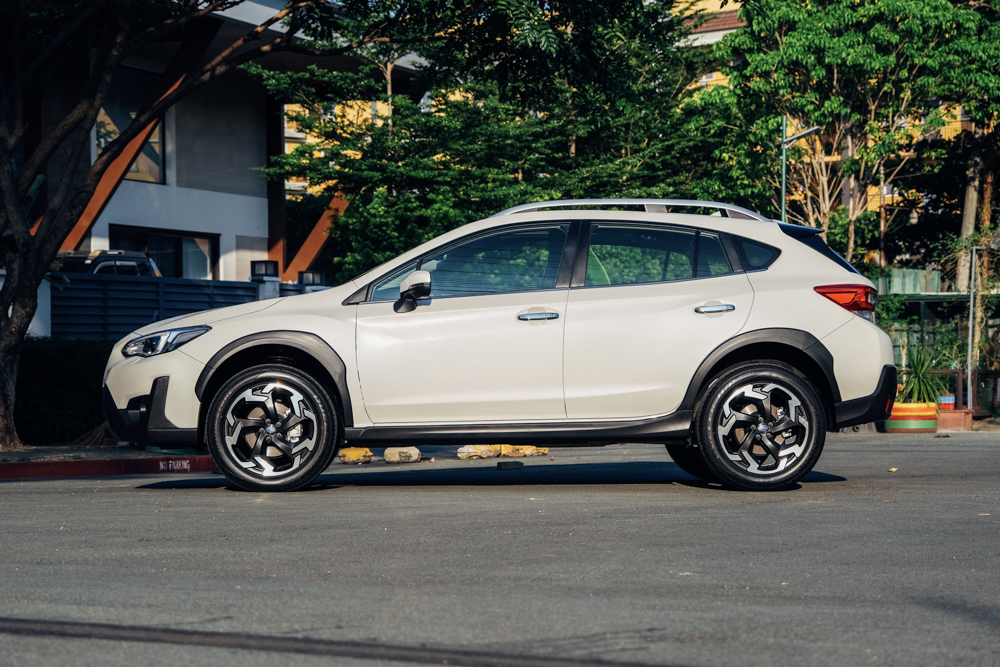
The Subaru XV has always been one of those “complete packages” in the crossover market especially when you consider the added value that EyeSight delivers. However, it resides at the higher end of the price spectrum for crossovers, which may turn some prospective buyers off.
This is particularly true with the lack of the less expensive i-L variant for this model year, so you’ll have to shell out P1,908,000 (buyers get an P80,000 discount until July 30). But if you can afford the XV, you’ll get yourself a crossover that’s both practical and comfortable to drive while still being fun and capable on and off the road.
SUBARU XV 2.0i-S EYESIGHT
| Engine | 2.0-liter horizontally opposed four-cylinder gasoline |
| Transmission | CVT |
| Power | 154hp @ 6,000rpm |
| Torque | 196Nm @ 4,000rpm |
| Dimensions | 4,485mm x 1,800mm x 1,615mm |
| Drive layout | AWD |
| Seating | 5 |
| Price | P1,908,000 |
| Upside | Its ride quality, interior space and EyeSight system make this car a compelling crossover package. |
| Downside | The price is a little steep, the engine is a bit thirsty, and tire noise is quite intrusive at highway speeds. |


0 Comments